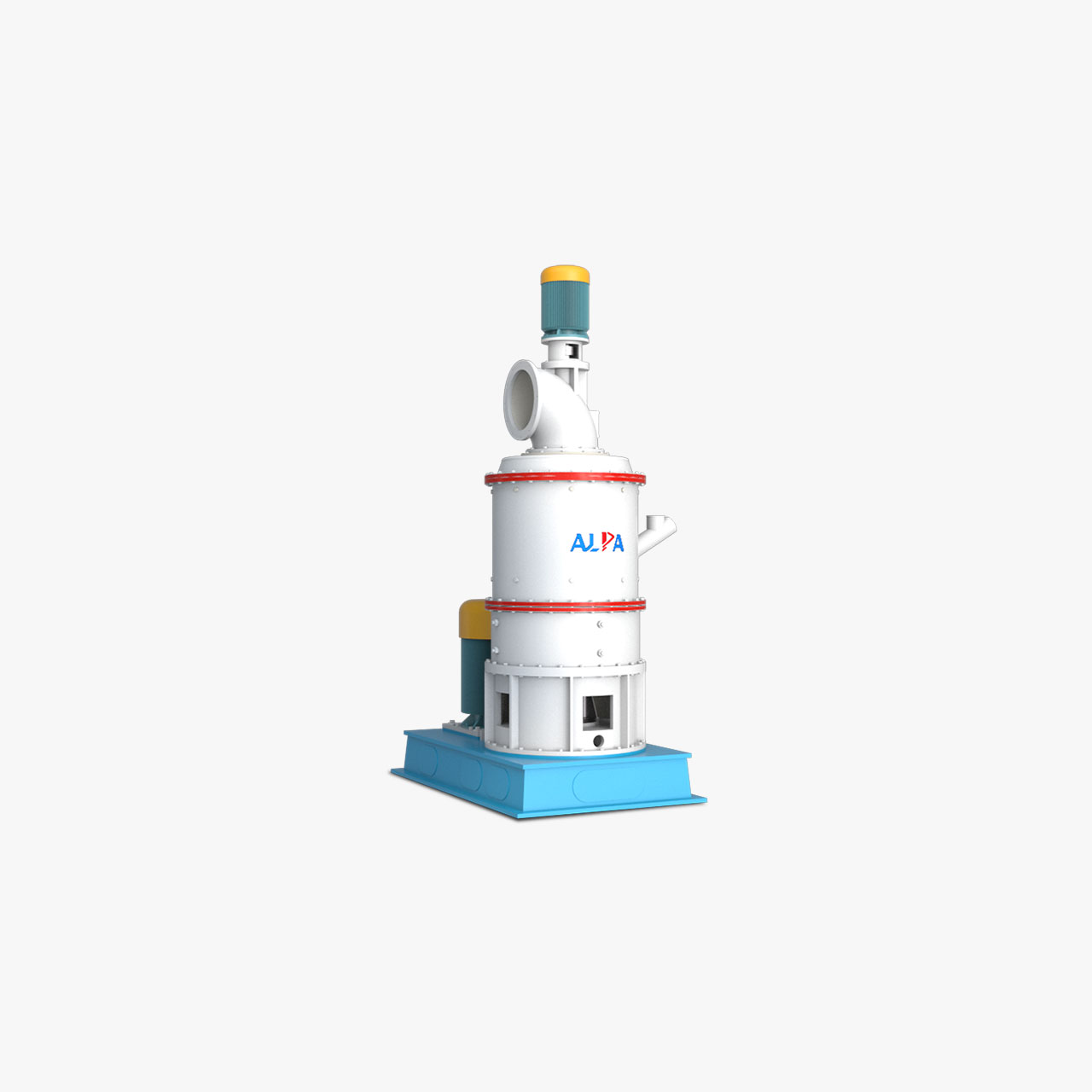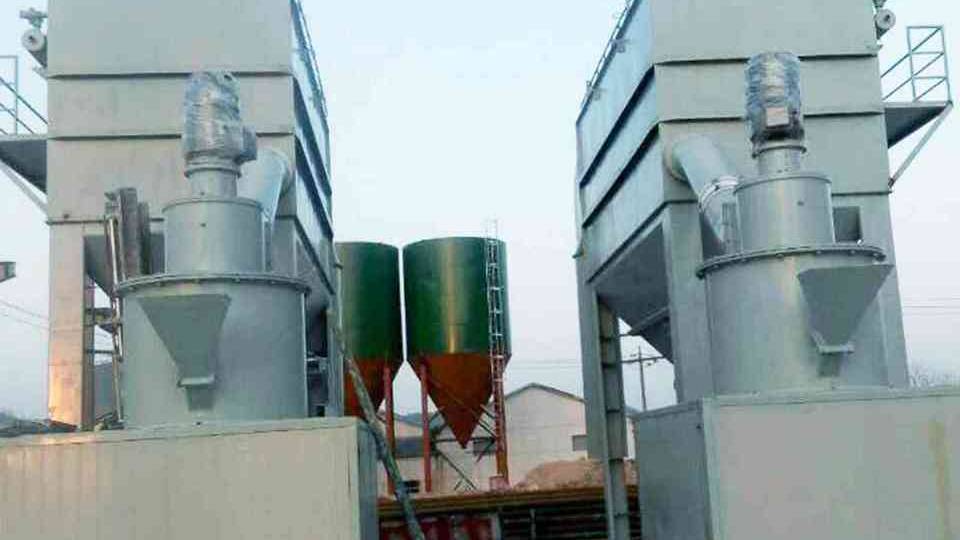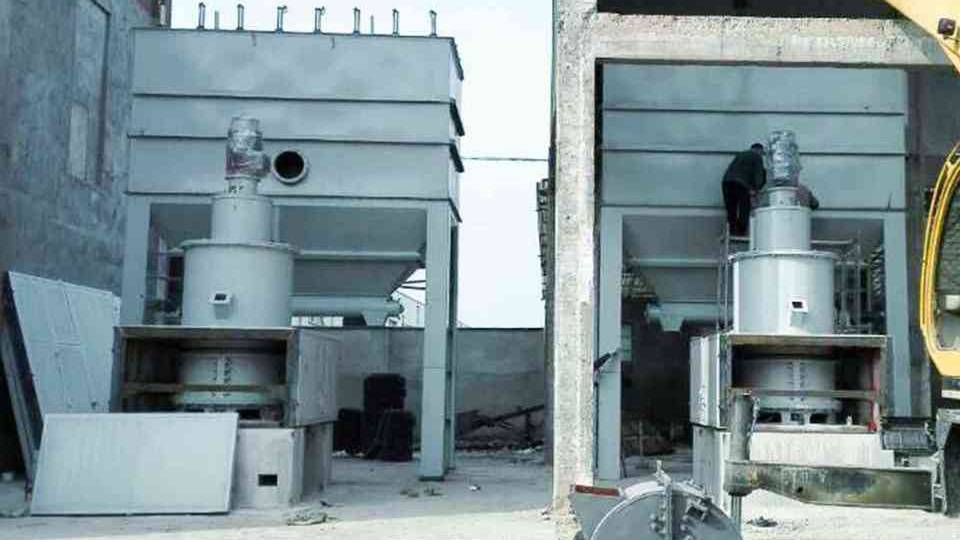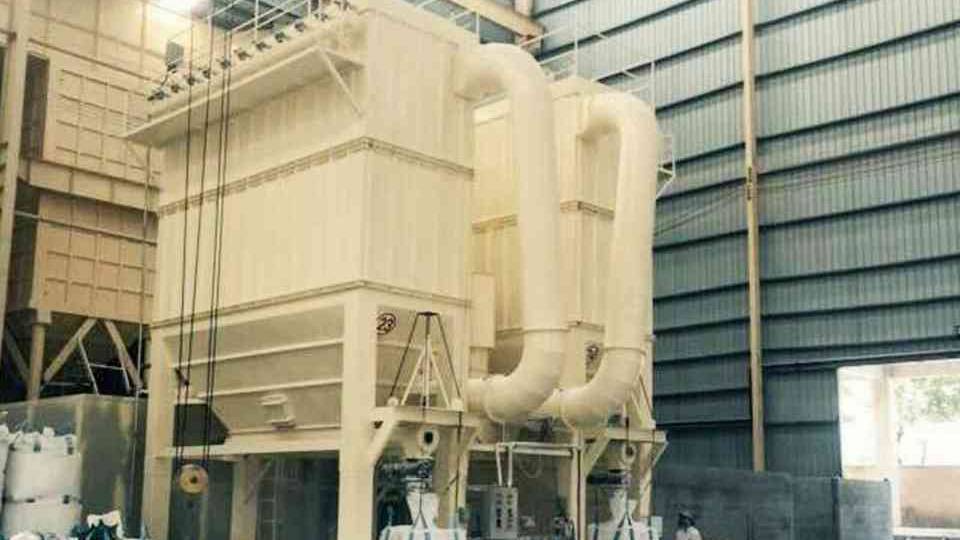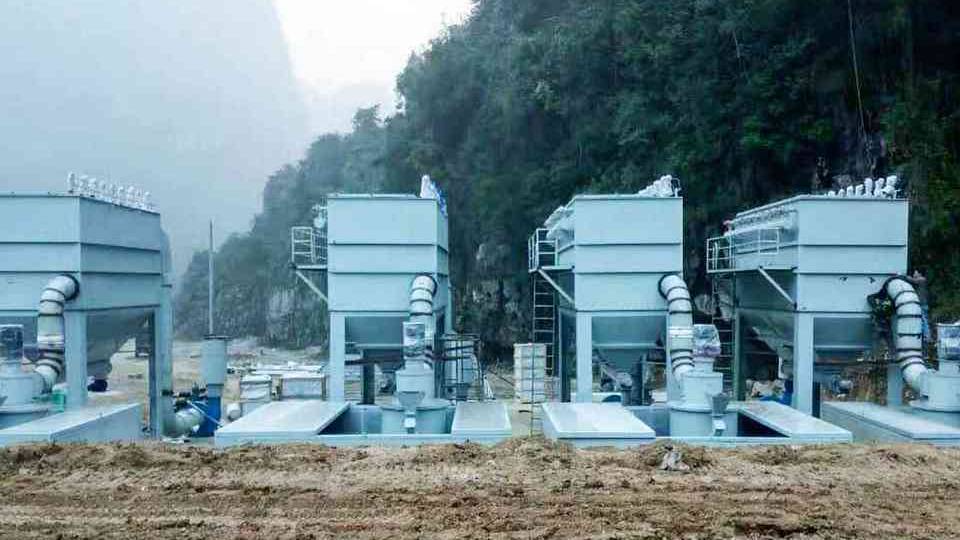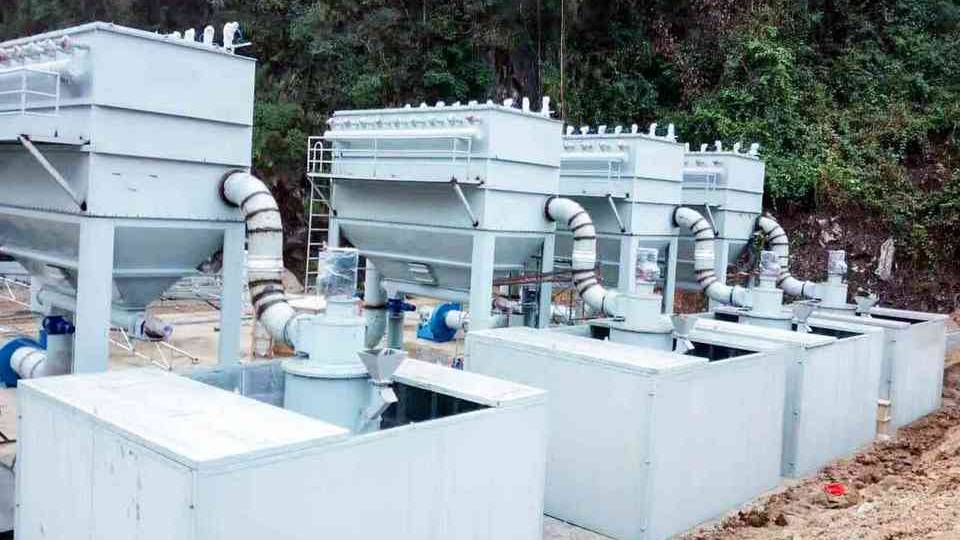Ring Roller Mill
- Large output, more than twice the production efficiency of Raymond mills and jet mills, good product fineness indicators, easy installation of complete sets of equipment, no large-scale civil engineering, all fine powder can be recycled, no pollution to the environment, and the dust removal effect reaches the dust industry Emission Standards;
- Widely used in calcium carbonate (calcite, marble, limestone, chalk), barite, kaolin, dolomite, magnesite, alumina, ultrafine cement, slag, steel slag and other industries;
- Particle size range: D50: 1.5~45μm.
According to different materials and application industries, the production capacity and particle size range will be different.
Please contact our engineers to customize the equipment for you. Our experts will contact you within 6 hours to discuss your needs for machine and processes.
Working Principle
The ultra-fine roller mill drives the main shaft to rotate through the transmission device. The upper end of the main shaft is connected to the rotor frame. The frame is equipped with an auxiliary shaft and a grinding wheel is installed on the auxiliary shaft. When the main shaft rotates, the auxiliary shaft rotates with it. The grinding wheel on the auxiliary shaft not only revolves around the main shaft, but also rotates around the respective auxiliary shaft.
The grinding wheel generates strong centrifugal force during the revolution and rotation process, and has a strong roller grinding action with the stator. The ground material is driven by the centrifugal force and the rotating force field of the grinding wheel, and enters the grinding zone composed of the grinding wheel and the stator. The material is ground under the action of squeezing force and grinding force. The ground material falls on the slinger plate, which rotates with the main shaft. It slings the powder into the ring between the stator and the machine body, and rises along the shunt ring to the upper classifying chamber under the negative pressure of the system for classification. Qualified fine powder enters the collection system through the classification wheel, and the coarse material falls along the inner wall of the split ring into the crushing chamber to be ground again.
Related Cases
Technical Parameters
Note: The production capacity is closely related to the particle size, specific gravity, hardness, moisture and other indicators of the raw materials. The above parameters are for reference only, please consult our engineers for details.

